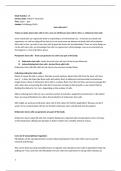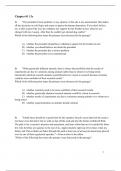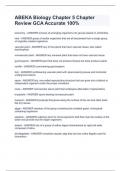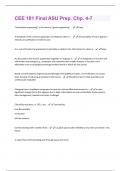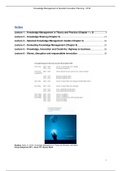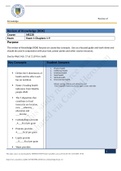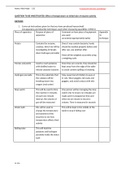Lecture notes
Lecture notes BIOS5030 Cell Biology (BIOS5030) on stem cells (part 2)
- Institution
- The University Of Kent (UKC)
Unlock your academic potential with my notes on Cell Biology, tailored specifically for students pursuing Biomedical Science, Biochemistry, Biology, Biomedical Engineering, Pharmacology, Medicine and Nursing. These notes are perfect for anyone looking to excel in their studies and gain a deep under...
[Show more]
